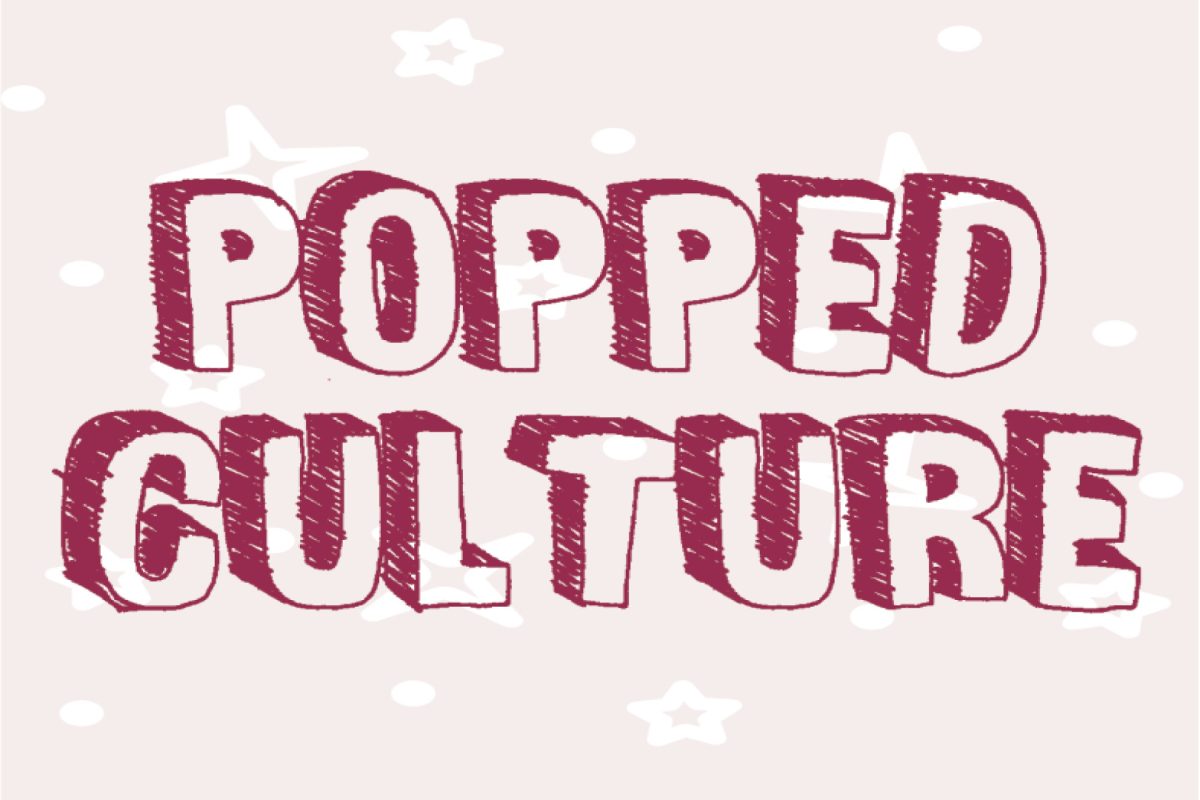While a night out at the movies only takes a few hours, it can take anywhere from one to three years for a movie to advance from the first drafts of a script to post-production and eventually the silver screen.
History has proven that this production timeline is subject to unprecedented delays with uncertain effects, whether that be as a result of a global pandemic or a movement of unionized strikes.
The WGA and SAG-AFTRA strikes emphasized the importance of fair contracts for actors and writers in the entertainment industry, but it also emphasized the importance of adaptability. Just as major Hollywood studios must work with the values and expectations of the unions, movie theaters have to restructure their offerings to satisfy rapidly shifting audience preferences.
Today, the catalog of movies being shown in theaters is no longer limited to the newest and biggest blockbuster releases.
AMC Theaters is the leading name behind this change since they launched a series of themed programs, beginning in 2017 with AMC Classic. Each of these programs are listed as “brands” on their website and cater toward specific audiences to increase community engagement.
As the name implies, AMC Classic includes throwback and anniversary screening nights. AMC also hosts “Discount Tuesdays” with a discounted ticket price. The AMC Artisan Films program features selected art focused films and the AMC Thrills and Chills program showcases horror, suspense and thriller pictures from a diverse range of classifications — blockbuster, international, independent and low-budget.
Other brand-name theaters such as Regal Cinemas and Cinemark have begun showing older titles, whether it be a release from just a few years ago, an anniversary screening –– take 15-year-old “Coraline” surpassing its own box office records for example –– or a franchise marathon event.
While nostalgia screenings are a recent addition for U.S. blockbusters, Ghibli Studios –– the Japanese animation company behind the theatrical-released films “Ponyo,” “Spirited Away” and more –– has been screening older titles on the big screen since 2017. These showings are held for Studio Ghibli Fest at select theaters, an annual series of screenings sponsored by Fathom Events –– an entertainment distributor co-owned by the three largest movie theater chains in the U.S.: AMC, Regal Cinemas and Cinemark.
Whether these throwback screenings are part of a strategy to repair post-pandemic attendance numbers, or part of a distribution deal with legacy media companies aiming to grow their empires (or community distributors, in the case of the independent film screenings), this pattern of rebranding is allowing movies to have a second chance at the spotlight, and even a chance at altering box office records.
Adaptability is evident in not just the rebranding of movie theaters, but also in the landscape of media consumption, which has evolved into an undefinable territory with an ever-rotating number of platforms.
Made-for-TV movies — films produced by or distributed to a television network with the intention of a TV-exclusive release — were originally a phenomenon of the ’60s. Today, streaming services like Max or Hulu provide original, exclusive content alongside their syndicated titles. Subscriptions to these platforms are being offered in bundled deals that are quickly beginning to replicate the idea of TV channels.
Blockbuster movies are also landing on the streaming platforms associated with their parent production companies. This widespread distribution has proven to be an issue when it comes to actor contracts, as an actor’s pay is often tied to the box office and does not account for streaming records. In 2021, Scarlett Johansson sued Disney in regard to the “Black Widow” distribution on Disney+ alongside its theatrical release.
With the lack of stability evident in the dynamic cycle of media distribution, the consumer landscape is uncertain. Consumers may question the investment worth of certain streaming bundles as movie theaters make a comeback with exclusive programming of their own. In addition to the changing environment of streamed versus theatrically-released content, the evolution of at-home entertainment could expand into new mediums of technology, like virtual reality, for audiences to consider.
Employees of media empires are also questioning the landscape of their industry given the shifting mediums. Production companies must decide whether to devote more finances and personnel to their platform-exclusive content or to their blockbuster releases. The economic system around mass content creation has never been stable, but given the uncertainties post-pandemic and post-strike, the economic makeup is now more unstable than ever. The market could become so high that production companies don’t even need to prioritize one over the other, or maybe the market will crash.
All of these questions are complex and involve ever-changing factors to consider. In the ’70s, at-home entertainment was pioneered by the invention of VHS tapes. Now, audiences can curate their streamed content. There is no way to predict how legacy media will shapeshift next. But, one thing is for certain: Movie theaters are in their comeback era, and theaters are reinventing the movie-going experience to keep those numbers on the rise.










